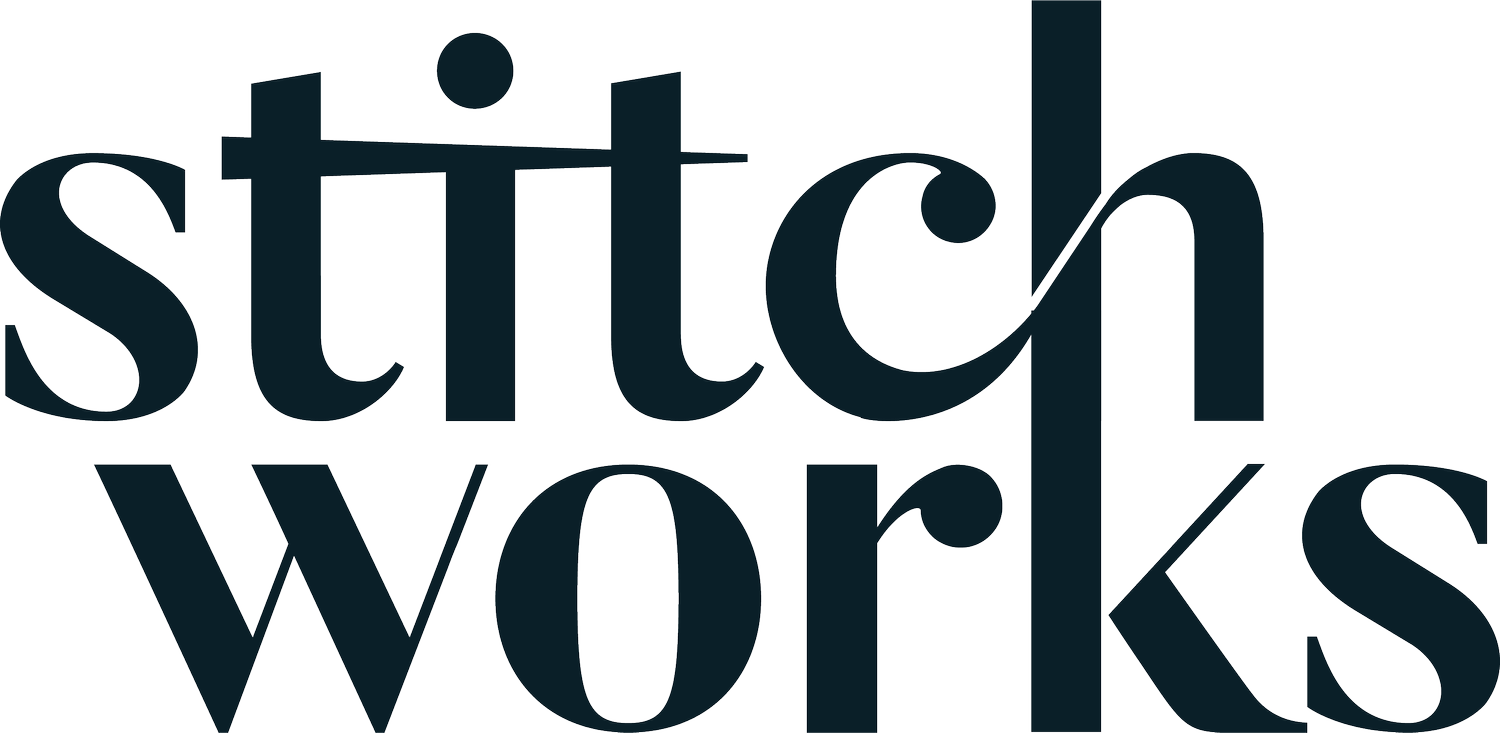How to Reduce the Cost of Production.
There are two main ways to reduce the cost of producing your items: Either materials or labor.
Materials
1. Reduce fullness to reduce yardage. Even a small reduction in fullness can help a pattern fit better on your materials, and reduce your yardage requirements. Your pattern maker can help figure out when this is helpful. Another way is to add seams, for instance on a bias dress, where the pieces don't quite fit on the yardage efficiently.
2. Be careful with large scale prints. This can add to cost both in labor and materials. More materials are needed to match prints, and there’s extra labor in cutting.
3. Be careful where you source your materials, domestic or overseas. Shipping rolls of fabric can be costly, not only for freight charges but also customs.
4. Consider whether you are sourcing from a jobber, wholesaler, or retailer. A jobber will have inexpensive fabrics in quantity, but often you can’t reorder (when it’s gone, it’s gone). A wholesaler will have inexpensive fabrics but usually high minimums. A retailer will be the most expensive, though sometimes you can reach out and request a lower price for a large order. But often they won’t have a lot of the fabric.
5. Buy full rolls, and make the most of each material (use it in multiple products!)
6. Limit extra trims and contrasts unless they absolutely make the design (each item if shipped from a different source means more shipping cost, minimums for each item.)
7. Limit closures – a pull on garment is both easier to make (labor) and you have fewer materials to purchase.
Labor
1. A pattern maker can help you with this – picking the most efficient ways to construct an item.
2. Include fewer seams in your design, which makes for a lower labor cost. Streamline where you can. Use the fabric properties to help with fit (knits/stretch, bias, drape).
3. Pockets - we want them, but can an interesting patch pocket or in-seam pocket replace a welt pocket?
4. Less structure: tailored items are costly. Structured waist bands, zipper fly, plackets, notched hems all add time for labor, which means increased cost.
5. Embellishments like printing, embroidery, beading, stoning, tucks, pleats, piping all add cost. Talk to your pattern maker or technical designer to get a feel for the best embellishment for the project. Instead of embellishments, you might choose a fabric that has an interesting print, or already has sequins or foil print on it. A splashy fabric goes a long way, and isn’t necessarily expensive.

